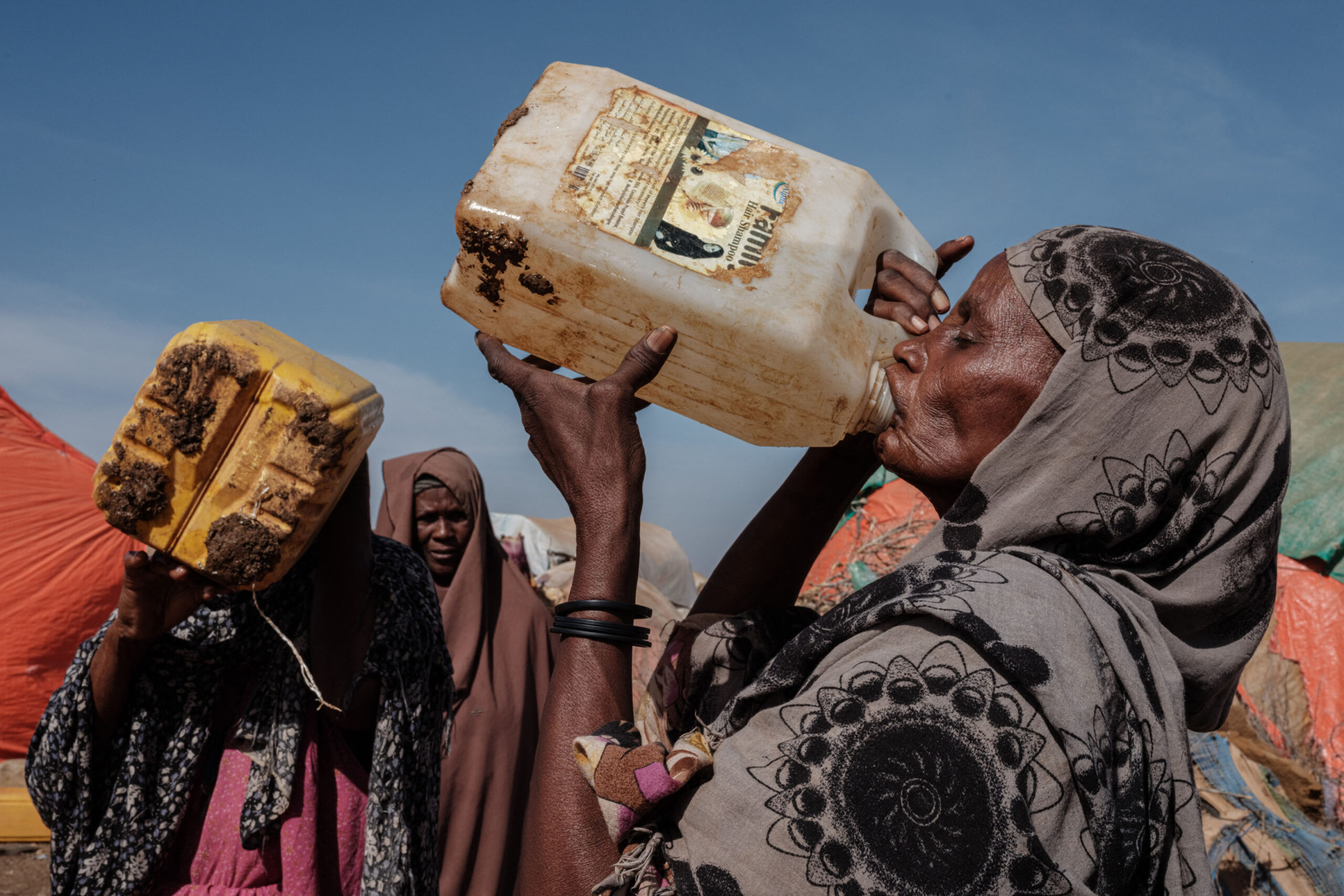Could Having Multiple Environment Ministries be Potentially Counterproductive?

By Mahbub M Abdillahi
Somalia is widely recognized as one of the most vulnerable countries, not only to climate change but also to environmental crises. The country has witnessed alarming environmental deterioration, resulting in an increasing loss of biodiversity and the destruction of its natural habitats. Moreover, there has been a glaring gap in institutional and legal frameworks to protect and conserve the environment.
In response to these challenges, the current administration, led by HE Hassan S. Mohamud, has created a ministry dedicated to environmental and climate change issues. Its mandate is to enhance environmental protection, develop robust legal and policy frameworks aimed at conserving the country’s natural environment, and address the escalating impact of the climate crisis. However, there is a nationwide problem.
Currently, there are seven environment ministries in place, a figure that might seems inordinate to some, particularly when considering the lack of clear distinction in ministerial portfolios. This redundancy underlines a broader issue prevalent throughout the country, where multiple ministries are assigned to addressing the same issue. However, given the limited progress made in environmental protection and climate governance, one must question whether the proliferation of environment ministries impedes rather than aids efforts to address urgent environmental challenges.
To put it into context, the deforestation rate continue to rise unabated, with no signs of slowing down. Similarly, the rate of waste generation far exceeds that of management. For example, waste generated across the country is increasing while there is no progress in its effective management. I hold the view that having too many ministers is counterproductive, and here’s why.
Firstly, the proliferation of environment and climate change ministries operating independently at both the semi-autonomous federal member states and federal government has led to a complex bureaucratic scene. With each ministry crafting its own set of policies, the resulting system is convoluted, posing significant challenges for any tangible progress. This fragmentation undermines the efficacy of climate change initiatives, scattering efforts and squandering resources.
Secondly, conflicts frequently arise among state ministries and the federal ministry due to overlapping responsibilities. This issue has become all too common. There have been a repeated occasions where ministries of federal member states questioned the legal authority of the federal ministry. As a result, critical decisions on matters such as combating environmental degradation and advancing environmental management are obstructed, as ministries compete for control. These bureaucratic skirmishes divert attention and resources away from urgent environmental priorities, further complicating efforts to effectively address climate change
Thirdly, underpinning these bureaucratic challenges are political interests that often sway decision-making. The establishment of multiple state ministries are often motivated more by political considerations than genuine environmental concerns. Consequently, climate change policies risk being shaped by short-term political agendas rather than long-term sustainability goals. This politicization of climate governance reverses any progress made in environmental governance and impedes meaningful progress in tackling the pressing double crisis of environment and climate.
The critical question that must be addressed is what needs to be done. Without a doubt, the urgency of combating climate change is paramount, it stands as one of the most critical challenges facing Somalia, with widespread impacts, particularly in agriculture, exacerbating issues like food security, poverty, and economic stability. However, the presence of parallel systems and institutions with overlapping powers only complicates matters further.
What Somalia need the least is a parallel system with institutions sharing the same responsibilities and wielding parallel powers. I firmly believe that, now more than ever, Somalia need to centralize its climate and environmental institutions. By clearly defining powers, particularly minimizing state-level authority and empowering federal ministry. In doing so, we can streamline operations and enhance efficiency, reducing bureaucratic hurdles and promoting greater effectiveness in addressing climate-related issues.
Of course, this transition won’t be without its hurdles. There will be resistance from existing stakeholders, perhaps even skepticism due to the nature of Somali politics. However, with the right strategies, Somalia can overcome these challenges. By engaging policymakers, civil society, and international partners.
In conclusion, maintaining the status quo is no longer feasible. With the urgent challenges of climate change looming, Somalia’s environmental and climate crisis require a governance structure that is efficient, minimizes bureaucratic hurdles, and delivers tangible results. By consolidating ministries, Somalia should prioritize the establishment of clearly defined ministerial portfolios to minimize conflicts of responsibility. This approach will streamline decision-making processes and also advance effective coordination in addressing the double crisis of environment and climate change.
Abdillahi is a lecturer and media contributor